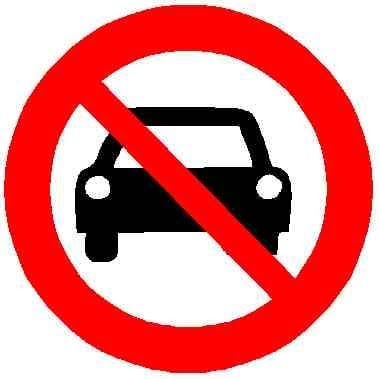- cross-posted to:
- bicycles@lemmy.ca
- cross-posted to:
- bicycles@lemmy.ca
Today, the EU is taking another important step in reducing transport emissions by adopting the European Declaration on Cycling. In the margins of the Informal Transport European Council, Adina Vălean, Commissioner for Transport, will sign the declaration together with Karima Delli, Chair of the Transport Commitee of the European Parliament and Georges Gilkinet, Deputy Prime Minister of Belgium.
The declaration recognises cycling as a sustainable, accessible, and affordable means of transport, with strong added value for the EU economy. It includes clear commitments, such as safe and coherent cycling networks in cities, better links with public transport and secure parking spaces and access to recharging points for e-bikes. These commitments shall be taken at EU, national regional and local level. These are all necessary elements in improving the quality and quantity of cycling infrastructure across Member States and making cycling more attractive to the public.
Based on a proposal launched by the European Commission in October 2023 and responding to requests from the European Parliament and Member States, the declaration constitutes a joint political commitment and a strategic compass for existing and future policies and initiatives related to cycling.
Commissioner for Transport, Adina Vălean, said: “We recognise cycling’s myriad benefits: it reduces pollution, eases urban congestion, and promotes healthier lifestyles. Moreover, cycling is a cornerstone of the European industry, driving innovation and growth while creating high-quality local jobs. Embracing cycling aligns with the EU’s industrial strategy and its objectives.”
And the full declaration: https://eur-lex.europa.eu/legal-content/EN/TXT/?uri=OJ%3AC_202402377
It’s amazing how little needs to be done for cycling infrastructure.
I think cycling numbers can be summed up by these points
increasing safety levels by giving sufficient space to cyclists and other vulnerable road users, in particular by physical separation of cycle paths from motorised traffic where relevant, or by ensuring safe speeds in mixed traffic;
- working towards creating a coherent cycling network in cities and improving connectivity between suburban and rural areas and city centres, including cycle highways;
- Ensuring the provision of safe and secure bike parking spaces in urban and rural areas, including at railway and bus stations and mobility hubs;
Do that and you will increase cycling numbers massively. Just look at the little Paris did to increase there numbers.
I wish cycling and public transport was prioritised as much as the car. Or at least cars paid their fair share.
One thing I do wonder which I never hear about. Is there any interest in covered cycle paths? Rain is awful for cycling in, I don’t see why cycle highways never have a roof. It will still be much cheaper than car infrastructure.
Man, I love the EU. It ain’t perfect, but I sure am glad it’s a thing.


